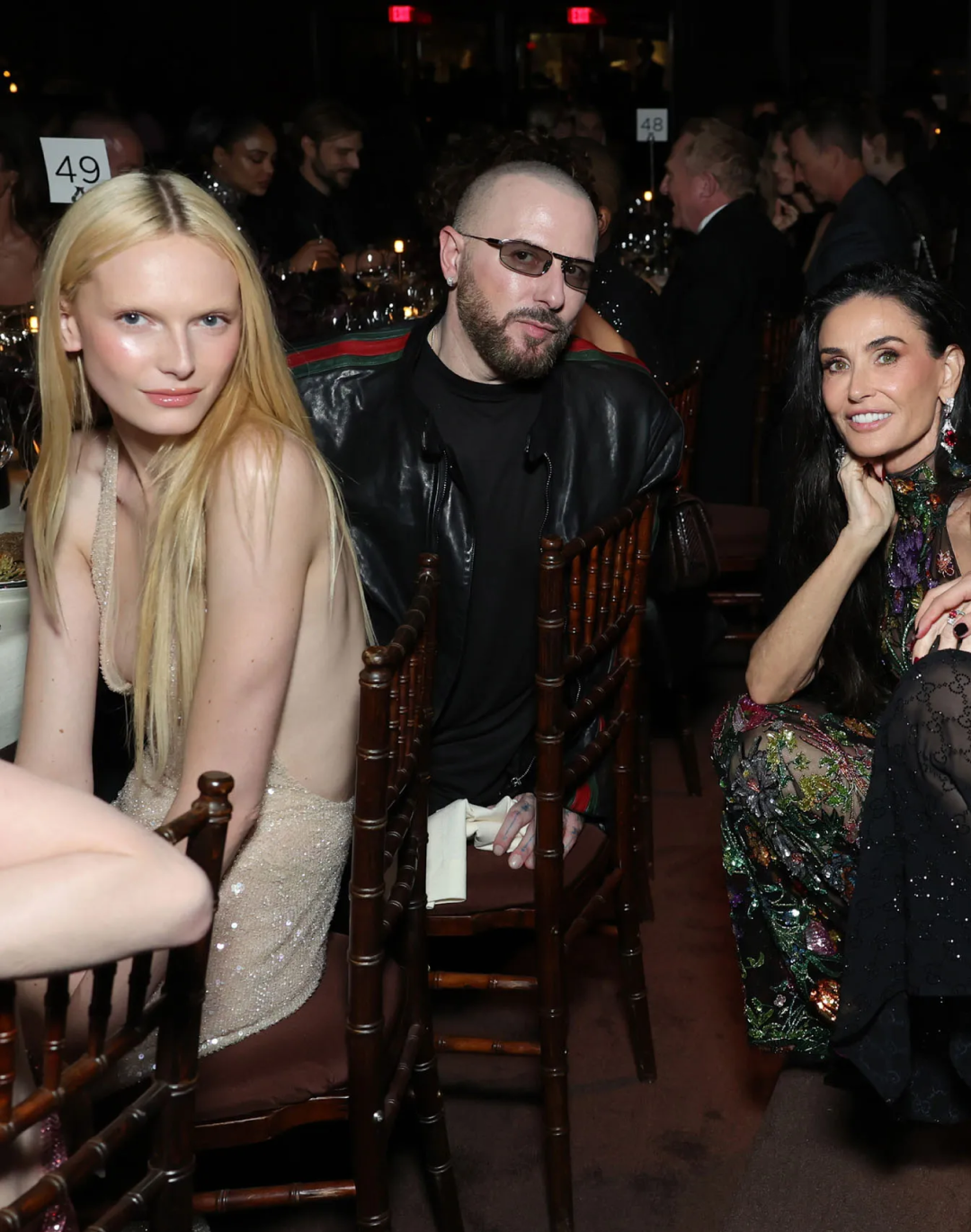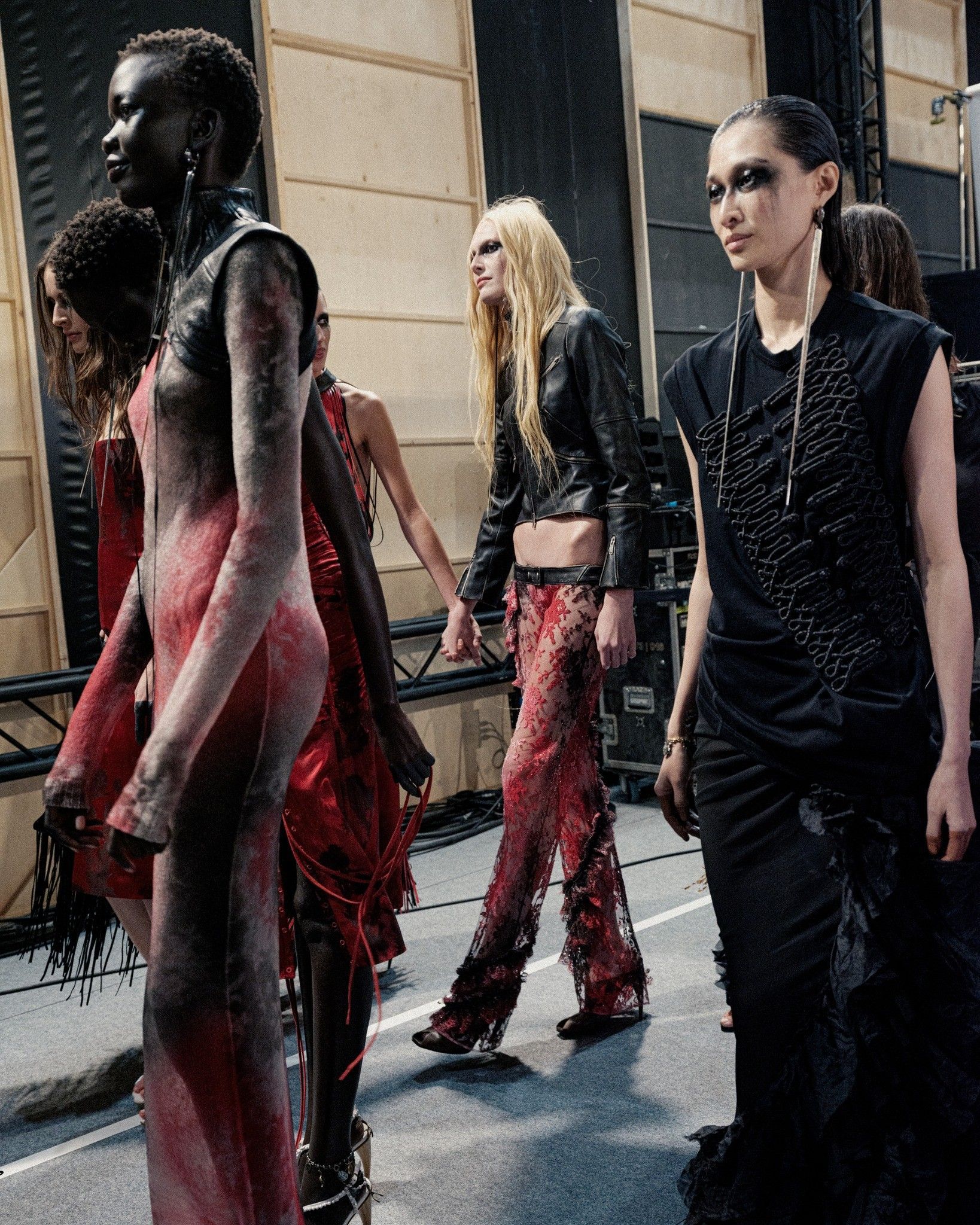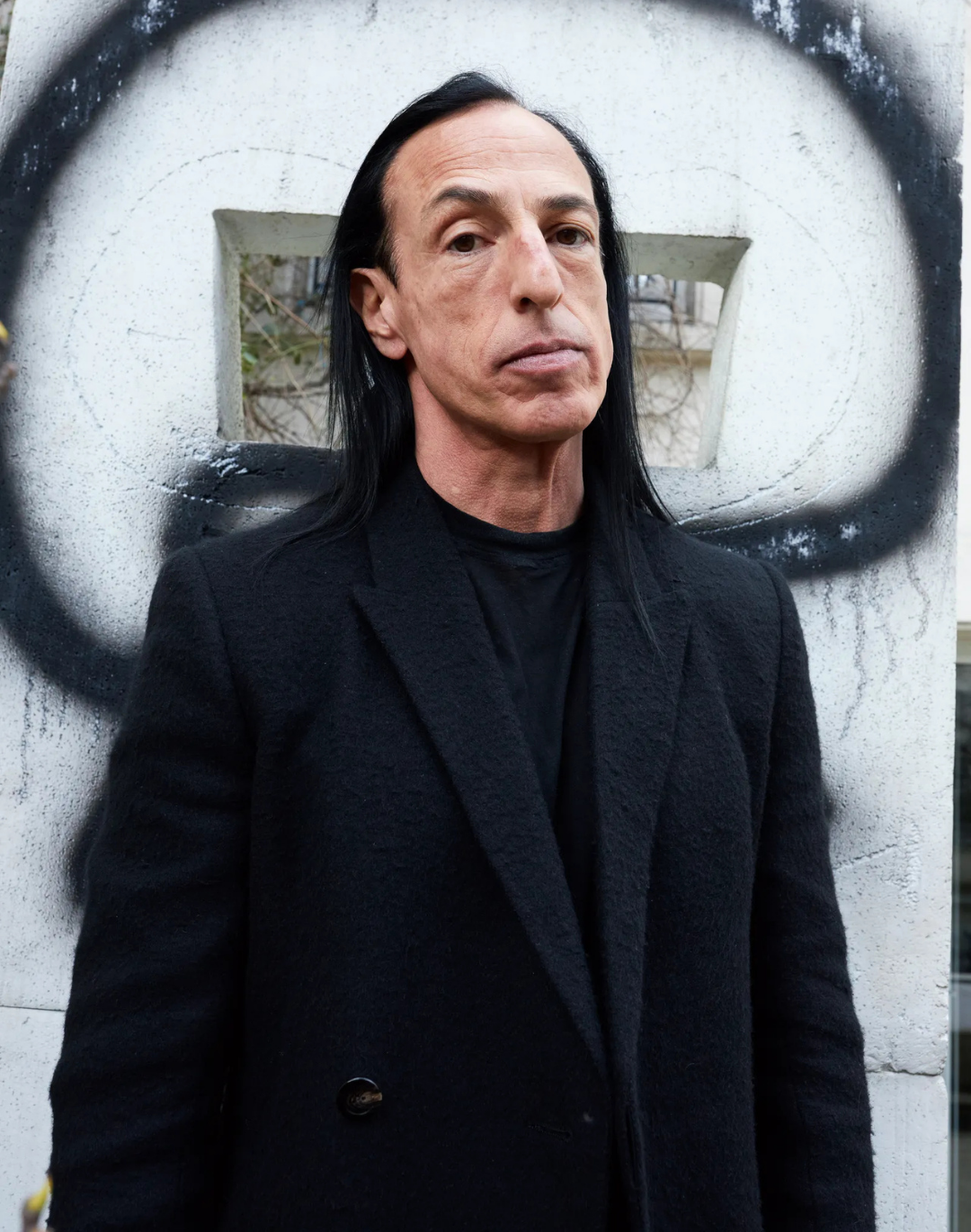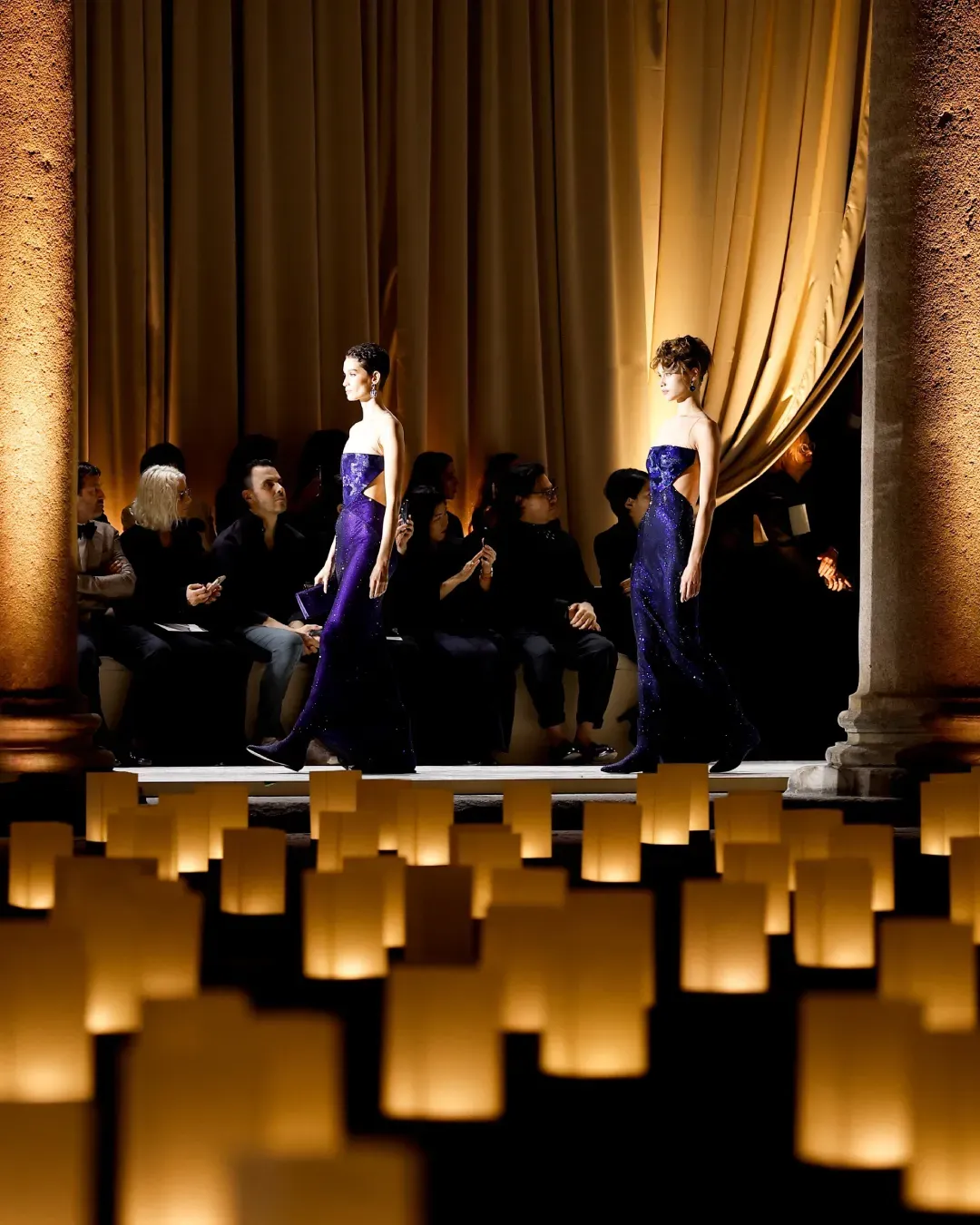
When does a brand become too repetitive? Exploring the fine line between strong identities and strong yawns
With the gradual saturation of the fashion market and the frenetic pace at which collections follow one another, the notion of brand fatigue has re-emerged in the public debate about fashion. When a brand's collections become too repetitive, the public ends up getting bored, but at the same time, when a brand does not possess a fixed and well-established identity, the public does not know why they should buy its products. "Brand fatigue" was the main factor behind Alessandro Michele's exit from Gucci according to analyst Luca Solca who, at the time, told the Financial Times that the Roman designer had «been doing more of the same for seven years». Recently the accusation of excessive repetition has also fallen on Demna and Balenciaga, on Jacquemus, on Chanel, on Dior, and on Saint Laurent. At the same time, however, this accusation seems to be very selective given that designers such as Hedi Slimane, Rick Owens, Yohji Yamamoto, Christophe Lemaire or Emily Bode have been hammering on the same silhouettes, the same garments, for years. But then where is the difference? To better explain and explain the phenomenon, we asked two journalists, a designer and a buyer their opinion on the matter. Faced with our question about the repetitiveness of some designers' work Domenico Formichetti, founder of Formy Studio and PDF, responded with a disarming tautology: « Monotony is monotonous», then adding: «In my opinion, the key to continuity and maintaining a brand identity lies in preserving the emblematic nature of a garment, making it evolve but without distorting its essence». When we questioned him about the same topic, however, British independent critic Odunayo Ojo defined monotony as «the constant repetition of a generic design».
I’m kind of over Alessandro Michele’s Gucci tbh. Like I get it. Luxury thrift store chic. But how long can it last till it’s unbearably repetitive?
— Hoettega Veneta (@lavieenlacroix) January 14, 2020
StyleZeitgeist's Eugene Rabkin believes that «there should be enough of a variation in output to keep your brand fans interested and let them build a wardrobe». Emphasizing, in his response, the idea of a wardrobe to be built progressively already recounted in an article a few years ago, Unlimited Edition, where he noted that «the designers who produce the same items season after season tend to be those that create hardcore fans». But then why use two mediums and two sizes with different designers? According to a Milanese buyer who requested to remain anonymous, the distinction lies in the «commerciality» of the brand. «Repetition is fine, with appropriate variations, when a brand has niche appeal: customers expect a distinct aesthetic and therefore keep coming back. More commercial brands, on the other hand, are built on a model that is perhaps more profitable but also trapped in the mechanism of seasonality and trends». An opinion that Odunayo Ojo also echoed: «Certain designers that have built design philosophies can be repetitive and get away with it, think Yohji Yamamoto and Rick Owens. On the other hand brands that change their aesthetic drastically every season can't be repetitive because it won't work for them commercially like Dior Homme or Louis Vuitton. Every brand is different with a different customer base». There is perhaps one audience that looks at fashion by searching for traces of a specific taste and character; and another audience that instead seeks an immediate and glittering reflection of the times, a sense of status and popularity that is current but can also disregard a singular identity trace and harken back to the vast, collective, and pop identity of a century-old brand. The first fashion is that of the authors, the second that of the fashiontainement: one is based on the progressive construction or excavation of an aesthetic, the other is fueled by constant novelty; one is inward-looking, the other outward-looking; one has a following, the other has a clientele. Based on this or that nature, the subjective and collective expectations of the public are divided and oriented, reverberating in the reputation of the individual designer or brand.
The distinction therefore rests in the hands of the clientele and the way in which they relate to the brand, and the discourse falls not only on perception and expectations but also on the manner and ability to enjoy the fashion seen on the runway. As Rabkin summarized for us: «I am all for designers who create an aesthetic and mine it deeply. But people who don’t pay close attention get bored easily». Which is to say, in a nutshell, how monotony is somehow enmeshed in fashion and identity construction but must coexist with subtle but noticeable enough variation to stimulate the viewer's thought - assuming, of course, that a thought is there. Also returning to the issue of boredom was Domenico Formichetti, who linked it to the way today's fashion is communicated as part of the more general social offerings: «Today it is so easy to bore people. We are bombarded with news, images and videos every day, twenty-four hours a day. Standing out in this ocean of creative is really hard». And so how to stand out? The answer is perhaps as disarmingly simple as it is elusive: personality. When, for example, I ask Ojo how he would set the distinction between "brand identity" and "brand fatigue," his answer is very clear: «Brand identity still remains regardless of what the designer designs. Yohji Yamamoto could literally design a boat and it would still be quintessentially something you would expect him to design aesthetically by the way it looks. Brand fatigue on the other hand is when a brand is completely out of ideas and is basically copying old designs or just switching colours of the same designs».
@coutureandsteel Yohji Yamamoto is like a wise old wizard. I love this piece, and I adore his respect for mcqueen. Mcqueen was an artist, and real recognizes real, seriously. Fast fashion is a problem in many ways, but I’m very keen on how it destroys-or even censors- deep artistry through clothing. Regardless, Yohji is the man. This clip is repurposed from “ Yohji Yamamoto | Full Address and Q&A | Oxford Union.” By OxfordUnion on YT. #fashiondesignstudent #fashiondesignstudentlife #fashiondesignerlife #fashiondesigner #yohjiyamamoto #yohjiyamamotopourhomme #y3 #fastfashion #alexandermcqueen #fashioninterview original sound - couture&steel
The example brought up by Ojo, that of a hypothetical boat designed by Yohji Yamamoto (which is not too implausible: the designer has never dabbled in boat design, but did in fact design a Lamborghini in 2020), makes one wonder how there are probably designers whose following is so infatuated that they are ready to buy and collect his outpout in whatever form it comes. In this sense, these more authorial designers, in possession of «a certain identity that lends itself to a design language», as Ojo calls it, they know they have a loyal niche audience and can afford their own repetitiveness since their audience, paradoxically, does not follow fashion in the broadest sense. More directly commercial fashion, on the other hand, is in a sense compelled to follow and push trends, adapting to the public's tastes - somewhat like Dior did with its collaboration with Birkenstock, which responded to the Boston Clog trend without anticipating or initiating it. Post this difference, one could perhaps conclude by saying that what matters is the end result and that there are no repetitive designers: only designers who are out of ideas.















































